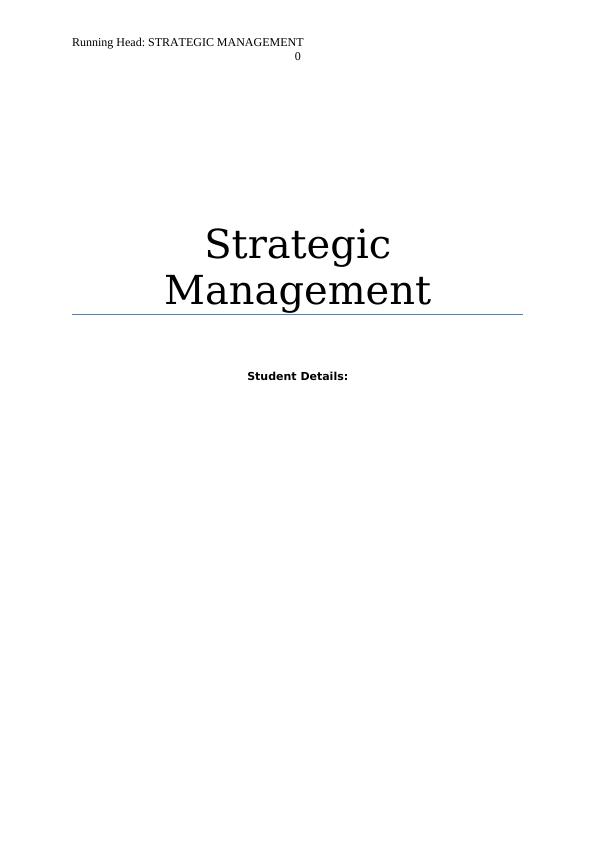Strategic Management 2022 Analysis
This case study discusses the challenges faced by the senior management team of Mercedes-Benz Research & Development in China due to new market regulations.
8 Pages2059 Words29 Views
Added on 2022-09-23
Strategic Management 2022 Analysis
This case study discusses the challenges faced by the senior management team of Mercedes-Benz Research & Development in China due to new market regulations.
Added on 2022-09-23
ShareRelated Documents
End of preview
Want to access all the pages? Upload your documents or become a member.
SWOT Analysis of Mercedes Benz
|5
|693
|416
Strategic Leadership - Mercedes Benz Assignment
|24
|1683
|217
Pestle Analysis Of The Car Industry
|10
|3218
|87
Impact of Electric Vehicles on the Automotive Industry in Europe
|10
|2684
|68
Business and the Business Environment
|18
|1122
|33
Impact of Covid-19 on Sales Generation of Mercedes-Benz in 2021
|5
|576
|21



